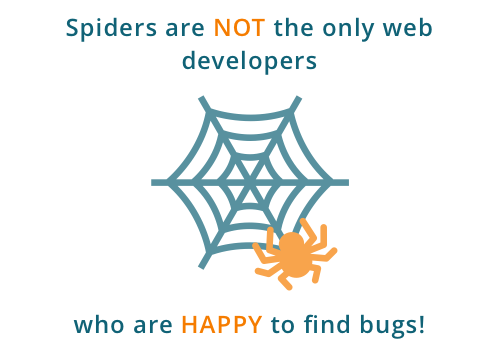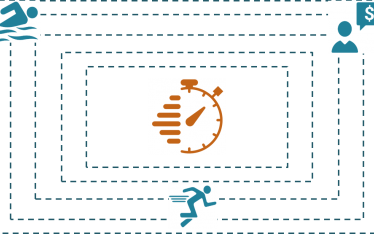Historically, products traditionally won via a strong distribution and marketing, or the superior quality of the product; the client experience per se did not seem to be of focus. Increasingly the focus has shifted from feature functionality to overall experience. How do we see these aspects in driving adoption of current generation technology?
We are an investment technology firm focused on one key element of success: a superior holistic client experience, including delivery of tailored industry-specific functionality, delightful user experience, data security, and ultra-responsive client service. Our team’s significant collective amount of industry experience, much of which was spent with suboptimal technology, has endowed us with a sense of mission and an evangelical zeal to spread our vision of the superior technology that is needed and deserved by fiduciaries and all finance industry professionals.
In my mind, there are four stages of client journey, much like dating experience:
It seems like a very long time ago now that we received our first incoming call from a user, who announced: “I am looking for customer service for DiligenceVault”. As the founder, I immediately responded: “Speaking!”
Something didn’t work as expected, there was a bug. It was obvious that the DiligenceVault platform was being used to the extent that we ended up with an edge case bug. And I was thrilled!
While that moment was a huge validation of our work and our technology, it also raised the question in my mind: Why should the user have to make an effort to call us? This was an opportunity to reboot our process and improve the client experience.
Remove Extraneous Choices & Keep it Simple
We were building an interconnected system, an ecosystem of many variables, each with a different downstream impact. Maintaining control was far from easy, but it was also necessary to avoid the downward spiral of over-engineering. So we defined three aspects of troubleshooting we wanted to focus on:
- The team’s collective ability to understand WHAT has failed and WHERE; and then to answer HOW and WHY
- Identifying the right tools and stringing them together to achieve harmony in error management.
- Deciding whether we should go to the extreme of applying statistical distributions, and building error models; or determine a few simplifying rules. We chose the latter.
Micromanage, Integrate & Be Creepy (in a helpful way!)
How do we characterize our client service? What are our guiding considerations?
- Providing multiple means for the user to communicate within the application experience. Offering the ability to provide us feedback and request features, all internally within the platform, instead of having to find our number, pick up the phone and call us.
- The most frustrating aspect for the user of any platform is when they see an error message but have no opportunity to do anything about it. Our rules: (a) Do not show errors where a user cannot do anything. (b) Errors should not expose the users’ information. (c) Any error message to the user is not in fine print. Do not force the user to squint.
- Regardless whether it is a server error, browser compatibility problem, or an unknown issue, we micro-manage errors. Error logging, tracking and management are tightly integrated with our tech team’s Inboxes, as well as with the system-internal communication tool, in addition to alerts on our phones. If a user is experiencing an error anywhere in the world, the entire development team gets immediate notification. And we are global! This has empowered us to call the user even before they report it to us.
In one case, on a Saturday afternoon, an asset manager was working hard to complete a request sent by an investor. The user was experiencing a mix of browser compatibility issue. We called our client immediately – much to his shock! – to let them know that we were aware of his issue, and we suggested possible workaround until we had a resolution. You might call it creepy, but we call it client service!
- Our philosophy? Let’s take the case of browser compatibility, which is a significant challenge for enterprise applications, as a lot of users are using antiquated browser versions which do not support current generation technology stack. Things that are supposed to work universally, do not work on, say, Internet Explorer version 9. Do we simply degrade the functionality? Or do we invest hours in addressing the functionality? We spend hours!!!
Knowledge Is King
We try hard to deliver a high quality experience, but we sometimes make mistakes. And for this reason, have built the discovery system to gracefully recover from mistakes. Not knowing what is wrong can be expensive and lead to suboptimal functionality. Awareness of the issue is critically important, and incredibly powerful.
Having integrated this thinking with technology and continuous monitoring of the platform, we are equipped to detect patterns and manage downtime risk. We constantly think about what simplifying rules help us build a healthy relationship with our users and deliver an exceptional client experience.



